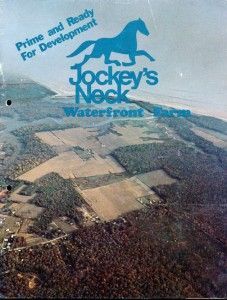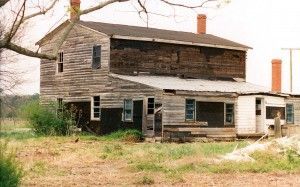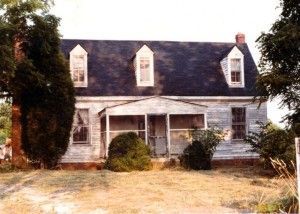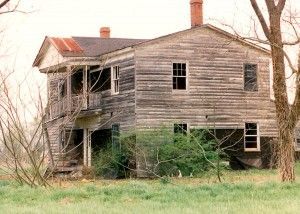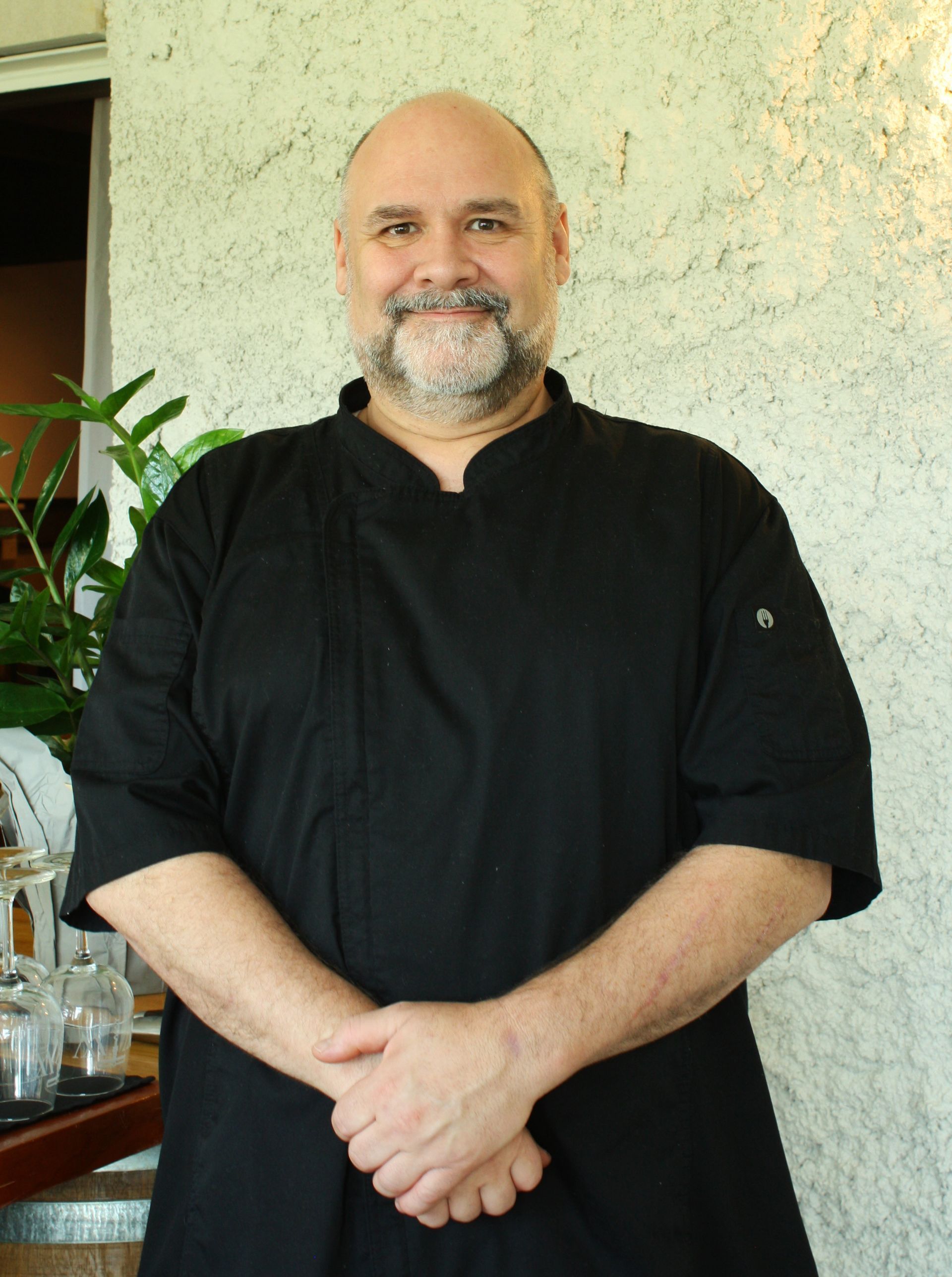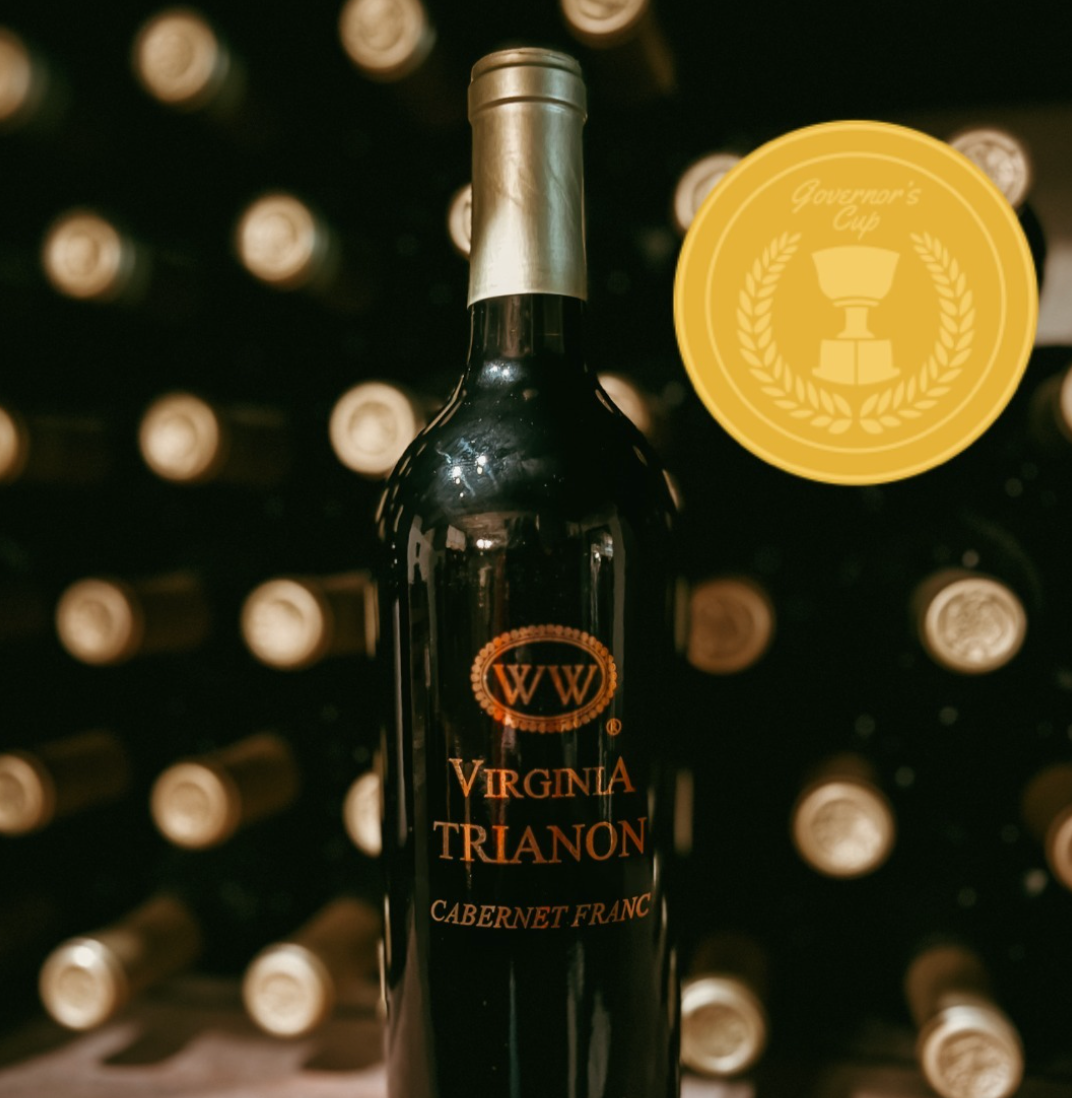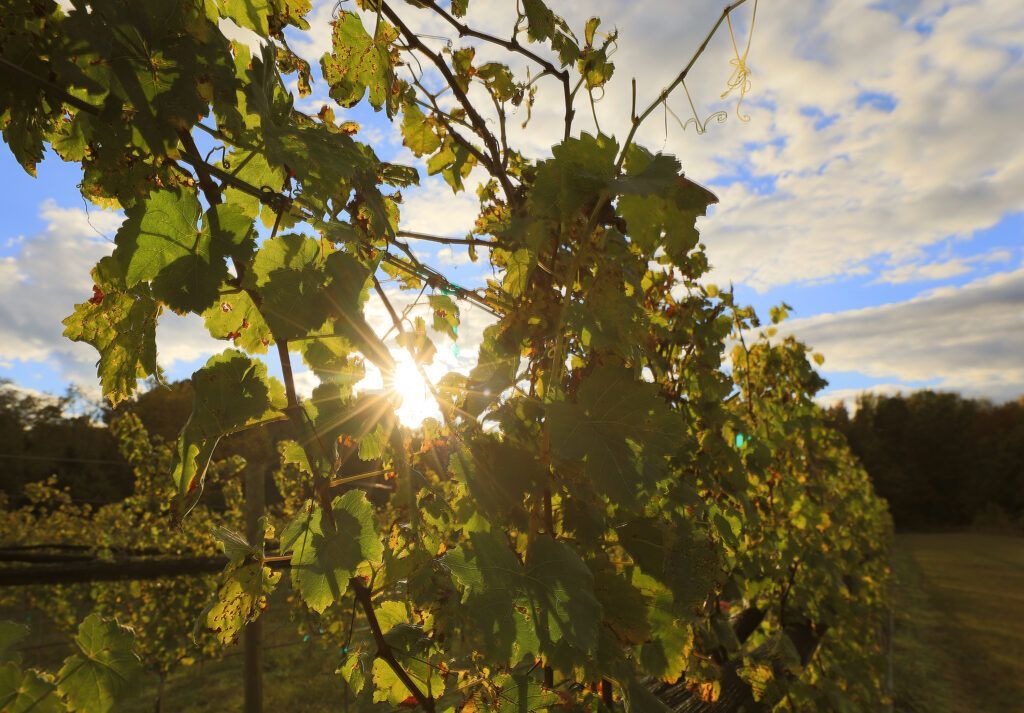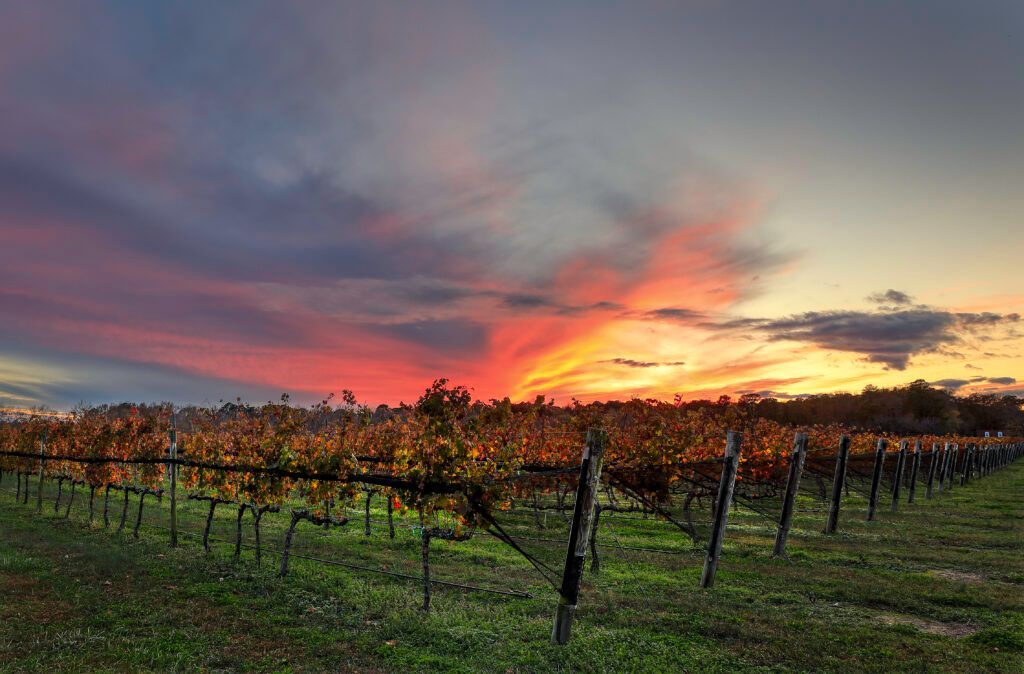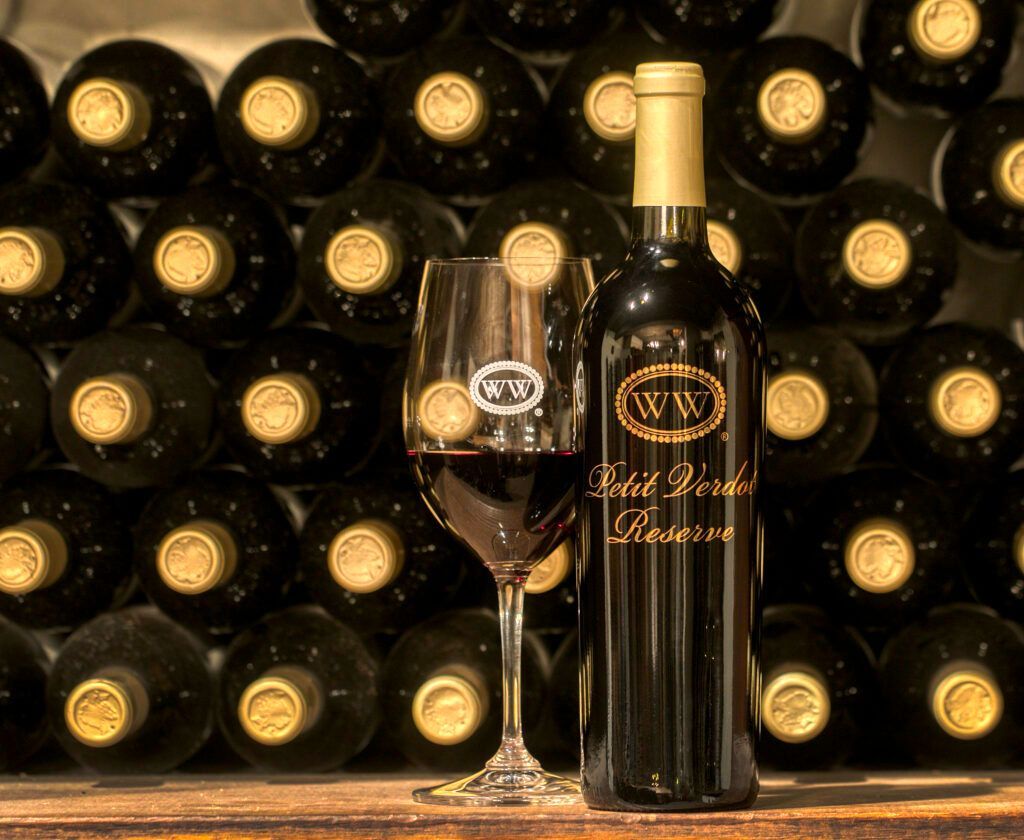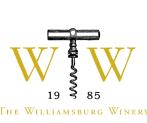Part 3: Decision Time
The call from Virginia came in at the very exact appointed time at the office where I was working. Would you believe we had been in our new house for about a year and a half and did not have a telephone line connection (but that is another story).
The real estate agent on behalf of the attorney indicated that our proposal was generally acceptable to the owner and asked who would represent us to handle the legal work. We gave the name of John Cogbill at the law firm. John was a specialist in real estate matter and a West Point graduate. An engineering survey was needed to define the boundary of the portion that we would acquire. Review of the health of the soil. Environmental survey. Archaeological survey.
In the meantime, the US dollar had continued to surge in value against the European currencies. We devised a way to structure the purchase by having the US correspondent bank of our European bank provide a bank guarantee to their partner by securing a deed of trust on the property and borrowing the required funds in European currency that had an interest rate around 5-6%. Much better than the 12-14% then charged by US banks.
It was time to sharpen the pencils on all the spreadsheets. The outlook on cattle even for specialized organic beef destined for the Swiss and German market had considerably softened with the increasing value of the Dollar. Priority was given to the winery project.
During the summer we were on home leave in upstate NY and brought Patrick and Terence as well as other family members for a trip to Williamsburg and to see the farm that we were considering acquiring. Everyone agreed that as a large parcel of land with several large barns, it was beautiful, fronting College Creek and overlooking the James River provided a lot of water view property. Our sons were both somewhat shocked and enthusiastic. They knew it would be a radical change. Other family members nodded gently with a question mark written on their faces. What in the world were we doing?
Basic concepts needed to be very much fleshed out. Additional contacts with VA Tech were needed. Identifying producers in Virginia and the quality of their wines was part of our targeted studies.
Another trip to the US was planned for the fall ’82. Due diligence documentation. Meeting with the US representative of our European Bank headquartered in Atlanta. Introduction to executives of United Virginia Bank in Williamsburg. Walking on the farm and beginning to imagine where the projects would be set-up, where we would live. What was needed? The location for the vineyards, for the winery, for the proposed hotel. In what condition are the two houses on the property?
That last point was quickly answered. The farm had been hit by a hurricane and a number of smaller shed like farm buildings had been blown off. A number of trees had been taken down. It looked like what it was: an abandoned farm. A couple of military veteran sergeants were acting as wood cutters for the attorney owner and were essentially using one of the two houses as their country dwelling away from home. The other house reputedly built in 1736 had been rented to local college students and was literally wrapped in plastic sheathing to prevent loss of heat in winter. It was now abandoned and had been trashed. Ouch!
We walked up and down the ravines of the farm which gave us that impression of what the settlers faced when they arrived in 1607. Thick undergrowth, wild vines thick as a man’s forearm, plenty of wild life, deer, raccoons, groundhogs, foxes, owls, red-tailed hawks, a grove of old cypresses with their roots sticking out of the brackish water. And then some artifacts from the twentieth century to contrast; old dead cars, stocks of farming chemicals. A flat portion of the farm was rented to a local farmer on a year by year basis and corn and soybeans were being planted and harvested along with a large amount of Johnson grass.
The enormity of the project and tasks suddenly hit us. Pause and reflection time, just for a few minutes. We did not shy away from it all. Our minds had been made up. I was just nearing forty, Peggy was barely thirty five and we had a reservoir of energy.
The Little House Dating Back to 1736.
One more time, we flew back home to Spain, now with a lot of homework to be doing during the coming winter. Before our departure, we placed a final call to John Cogbill in Richmond to discuss details of the draft purchase contract which was to be developed. Nothing was done until the ink had tried on the purchase agreement. Plenty of issues could come up.
Another Xmas time on the Costa Brava. Superb weather, Patrick II, Terence, Peggy and I roller skating on the terrace overlooking the Med. During our time in Europe we had taken our sons on multiple trips with us driving at high speed in our company car, a top of the line BMW, to Germany, England, Austria, Italy and Belgium. We knew all that would come to a halt and life would dramatically change.
In January ’83, we were back in Richmond and drove down to Williamsburg. We met with the owner, under the auspices of Bud Geddy, the local representative of the law firm, and in the downstairs room of one of the seventeenth century houses of the old Colonial Capital that was Mr. Geddy law office, we signed off on the terms of the purchase contract. Still it was too early to drink wine. The only small thing now needed was to finalize the financing and get the closing organized.
More documentation, multiple telefaxes (the internet had not been invented or even anticipated), and of course maintaining my business obligations travelling constantly. We were on a rigorous schedule. We targeted the closing for late June ’83 to wrap the trip around the 4th of July weekend. We had been fortunate also during those many years to have been helped with some wonderful British au-pairs who had stayed with the boys when we were off on the scouting trips. That also would come to an end.
As planned, we met in a large conference room in the offices of McGuire, Battle & Booth. The financing was in place as had been structured. The president of the bank was present, John Patterson and John Cogbill, the two super star attorneys who had shepherded the project had the conference table literally covered in documents. It was stunning for me who having worked with European banks on numerous deals with contracts of a couple of pages, I needed to digest what it all was and give a final review before Peggy and I affixed our signatures. I bent to John Cogbill after scanning the bank agreement and queried him on some of the terms. His response shall forever be imprinted in my memory. “Patrick, as your counsel, I would recommend that you not sign any such one-sided agreement; but, if you want the money and close this deal, sign it.”
We did.
(To be continued)
Patrick G. Duffeler
Founder & CEO
